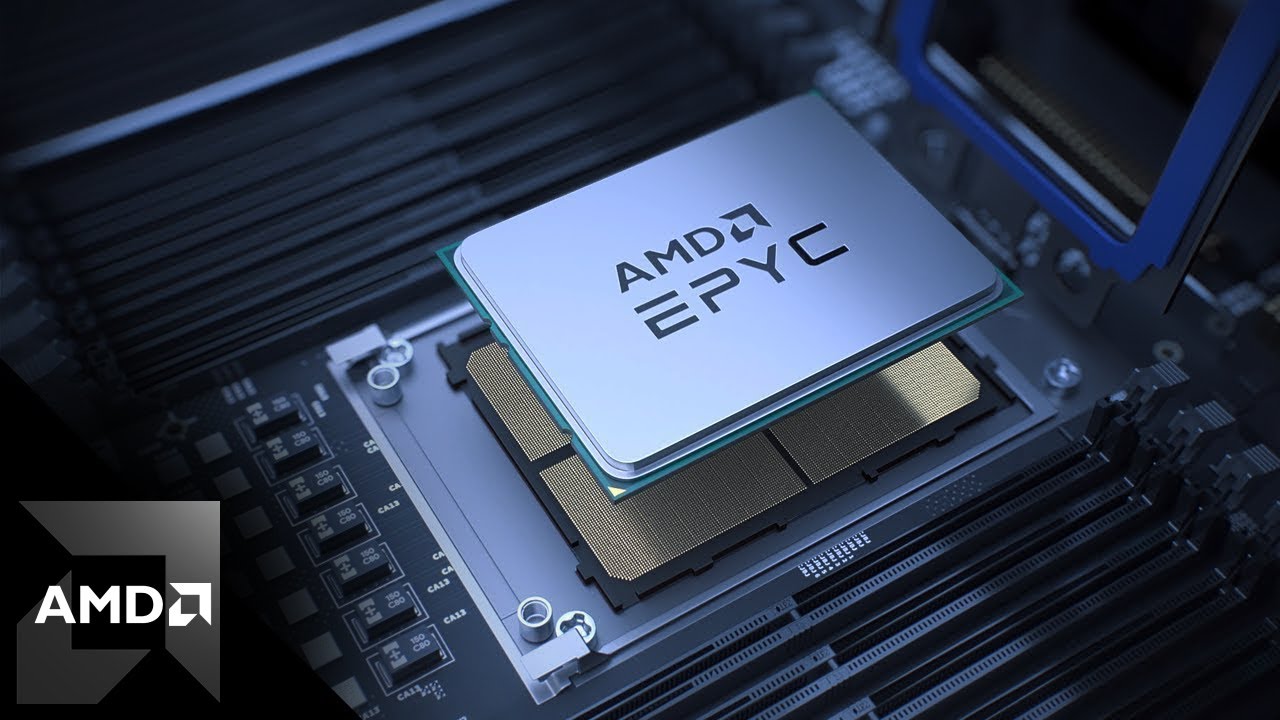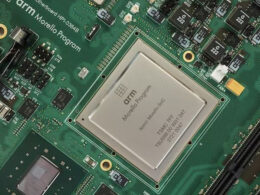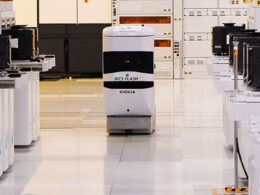In the server segment, while the expansion of EPYC processors cannot be described as fast, it can be considered an inevitable shift from Intel’s dominance, as assessed via official statistics timeline. As explained by the company’s Chief Financial Officer, from a 25% market control in the summer of the previous year, AMD reached a market share of 31% by the end of the same year.
This declaration was made by Jean Hu at the Morgan Stanley Technology Conference, which concluded last week. She highlighted that the Genoa generation of EPYC processors is expanding at the fastest rate among all generations of this brand. This expansion was seen in both financial and quantitative terms. AMD’s server revenue in the past six months was over 50% higher than the first half of the year, primarily due to high sales volumes of new EPYC processors.
The company ended last year controlling a little over 31% of the server central processing unit (CPU) market, as noted by Jean Hu. To understand AMD’s progress in this area, it’s enough to remember that in 2019, company CEO, Lisa Su, only expected to cross the 10% market threshold with EPYC processors by the end of 2020. The company succeeded in reaching this target but subsequently, AMD management refrained from making similar forecasts, only occasionally reporting on real-time successes of EPYC processors. As it turns out, they managed to capture nearly a third of the server market at the beginning of this year which is a substantial achievement considering its specificities.





